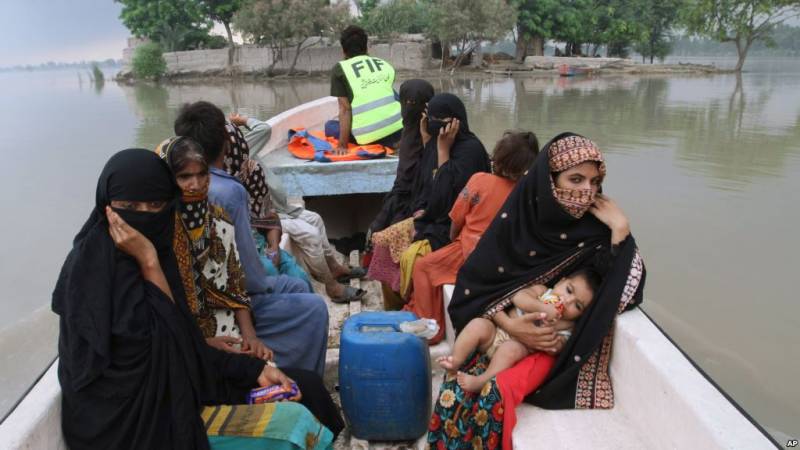This year Chitral had unprecedented amount of rainfall and a series of glacial lake outburst floods (GLOFs) that claimed 36 lives and affected another 307,000. Thankfully, the monsoon floods are officially declared over and post disaster assessment reports are have been prepared to tally the damages. The damage assessment report by the Chitral deputy commissioner office states that the rehabilitation of the flood-affected people and reconstruction of damaged infrastructure in Chitral district would cost the provincial government an estimated Rs1.403 billion, out of which 75 percentlosses are related to destruction of roads in the district.
The main focus of development will remain on the reconstruction of roads and bridges, while compensation for the damaged houses would cost a staggering Rs122.460 million. Rebuilding of irrigation channels across the district and rehabilitation of water supply schemes will require another Rs103.109 million.
In the case of the Chitral floods, we must highlight the important observation that an analysis of disaster trend of the area shows a marked increase in the incidences of GLOFs and increased rainfall in the last two decades. Climate change is no longer an avoidable debate for this country. It is as pertinent an issue for Pakistan as it is for the rest of the world. Even the so-called “experts” of the phenomena have the most basic knowledge of how climate change is affecting the vulnerable population in the north and how to tackle the aggravating mountain hazards. Pakistan’s negligible contribution to the climate change debate will be visible in the COP21 in Paris this year, just like in every international event held in the past. This must change.
The other important element that requires utmost attention is river management in areas like Chitral. The Chitral River, which runs across the district for 260 kilometres after originating in Baroghil valley, has eaten away large tracts of lands along its banks at 18 places spreading over several kilometres across the district, which it terms as ‘danger zones.’ Encroachments along the river exacerbate the flood risk and subsequent damages caused. Housing has to be regulated in a planned and effective manner now that there is a renewed chance of building the infrastructure of the area. Deforestation and uncontrolled grazing in the area are other major problems that need to be addressed before the next flood season. One can only hope that reconstruction does not linger on for another five years like some flood-affected areas of the 2010 event that are still waiting for infrastructure to be improved to make their communities more flood resilient.






